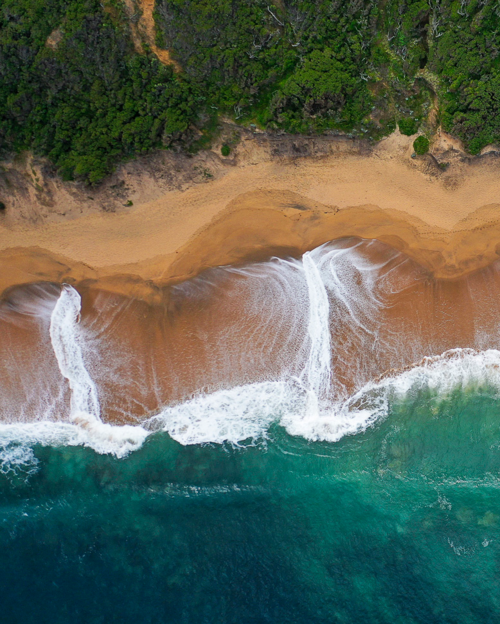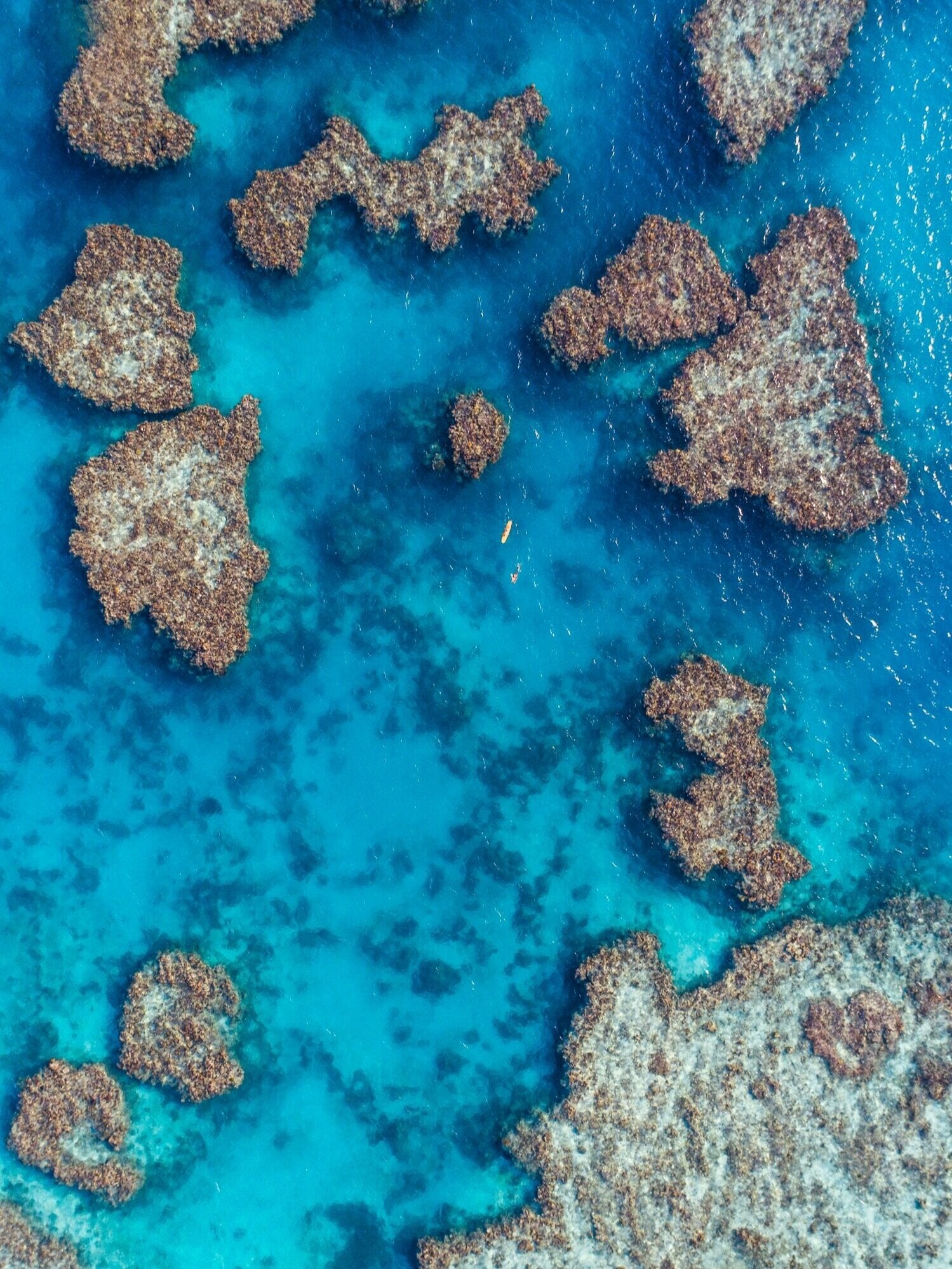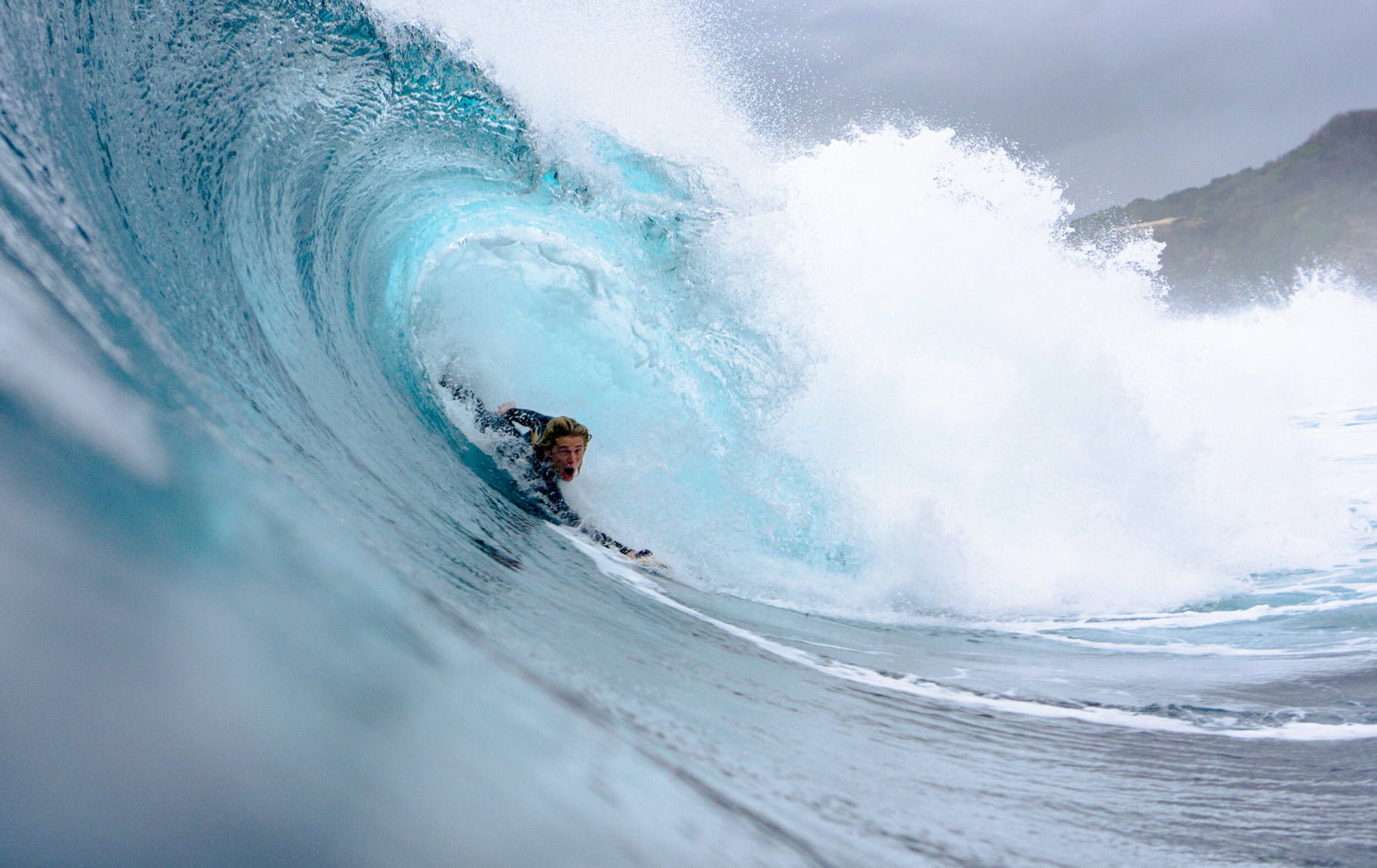WHY CARE?
Courtesy Kimberly Nicholas, Associate Professor of Sustainability Science at Lund University of Sustainability Studies, Sweden
Collapsible content
IT’S GETTING HOTTER
Average global temperatures have already risen more than 1°C since pre-industrial times. We could reach 1.5°C as soon as 2030, and without serious action we’re on track to scorch ourselves by 3-4°C by the end of the century.
IT’S CAUSED BY PEOPLE
Humans are causing climate change, largely by burning fossil fuels - oil, gas and coal.
WE’RE SURE
Does your mate not believe you? Well the data doesn’t lie – 97% of scientists agree that greenhouse gases attributed to human activity is the main cause of climate change. And who wants to argue with NASA?
IT’S SERIOUS
Does your local love a low tide? If we sit back and do nothing, sea levels will likely rise by 1.1 meters by 2100 (IPCC, 2019). If we do keep our temperature increase to below 2 degrees, sea levels are still expected to rise by 30 to 60 centimeters by 2100 (IPCC, 2019). This along with increasing extreme weather events, storm surges, ocean warming and acidification, habitat and species loss, food and water security and infrastructure breakdowns. It ain't pretty. Take a look at the 2018 Intergovernmental Panel on Climate Change report for further details.
WE CAN FIX IT
The most urgent thing we need to do is reduce emissions at a rapid rate.
That means keeping most of the world’s fossil fuel reserves in the ground and a just and rapid transition to a 100% renewables society.
Each of us can be part of the solution.

OUR BREAKS ARE AT BREAKING POINT
The coastlines that we grew up on are already copping a beating from climate change with sea level rises, storm surges and flooding. It’s altering sand bars, coastlines and beach breaks, and it’s set to worsen over the coming years.
Wind patterns and ocean currents that used to be consistent and stable are changing as the climate starts to break down. Our ability to read and rely on the ocean will be lost as weather patterns grow increasingly extreme and unpredictable.

WANT TO GO SURFING IN ACID?
In the last 200 years our oceans have seen approximately a 30% increase in acidity as carbon dioxide is absorbed by our oceans. This is shocking news for corals and shell organisms – who are already beginning to dissolve. Our favourite coral reef breaks and the shells and critters of the ocean we marveled at us groms are in the firing line.
Our reefs face the risk of disintegration. During periods of increased ocean temperature they undergo a process known as coral bleaching leaving them far more susceptible to dying.

HAVE YOU EVER EXPERIENCED THE JOYS OF AN EAST COAST LOW IN AUSTRALIA?
For over one thousand kilometers along the east coast of Australia headlands, reefs and points turn it on. Think Noosa, Snapper, all of ‘the Heads’ and of course your favourite secret spot in between. Well here’s the thing – future projections show a decrease in east coast lows. This trend is the same for cyclones, the frequency of which is set to decrease, yet when cyclones do form they will be more damaging and intense – leaving an increasingly vicious trail of destruction.
If you haven’t, be sure to watch David Attenborough: A Life on Our Planet.



